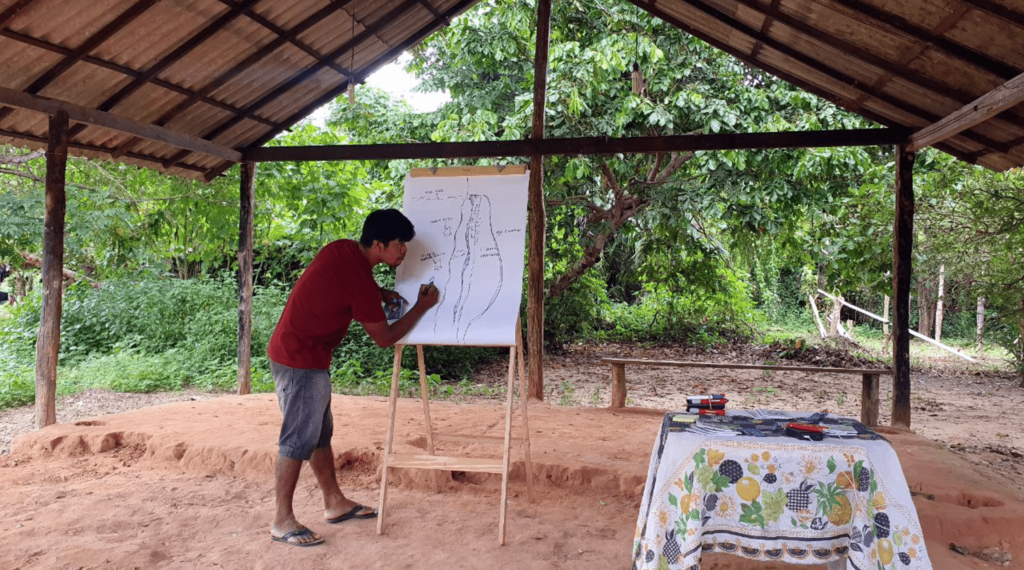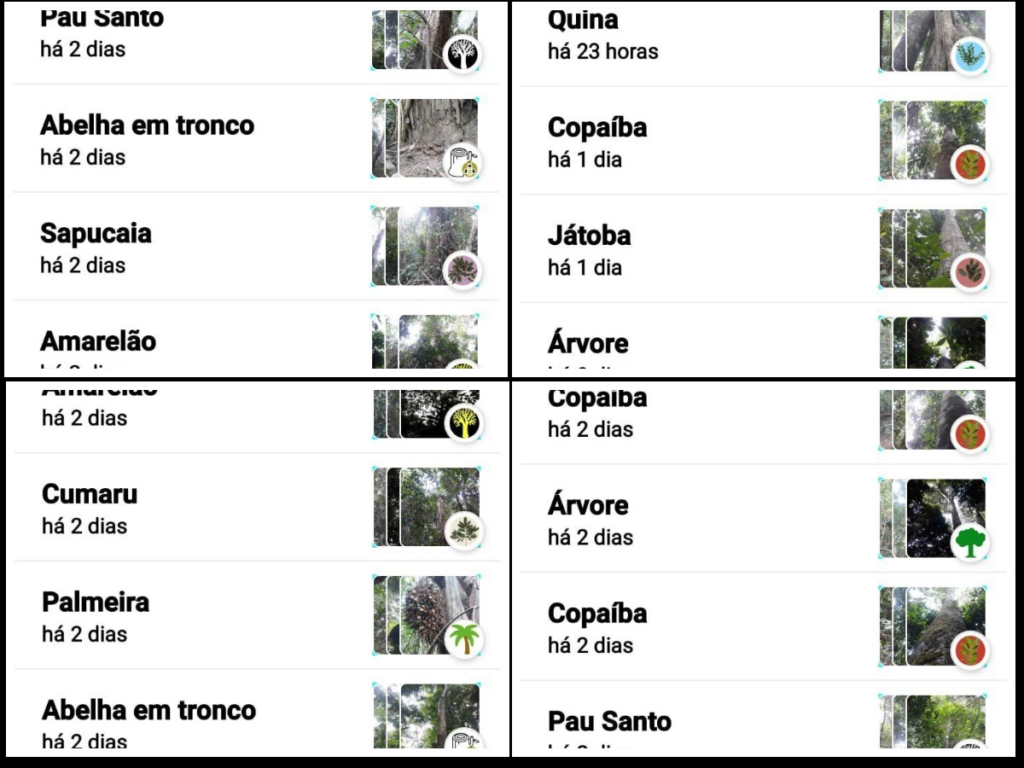Luandro shares his diary of the work he’s leading with the Tenetehara people in the Arariboia territory. In this text you can find out more about how it started!
This text was previously share via Scuttlebut.
Author: Luandro
Leia em português.
Continues here.
Thru Meli Bees Network, together with Jonas Guajajara, a brilliant indigenous leader and beekeeper, we wrote to the Open Call: Bring Decentralized Tools to Your Community with a proposal to assist the Tenetehara of the Arariboia Indigenous Territory in strengthening their community and protecting their forest thru the use of P2P tools, more specifically mapeo.
On April 2022 we received notice on that we were accepted as I was arriving in São Luís, capital of Marahão, where Arariboia is located. I was traveling just to meetup with a friend and enjoy some rest time in my favorite city (reggae capital of Brasil) and one of the most beaultiful places in the world, Lençois Maranhenses, before leaving the country for a few months. But it was too much a coincidence, and I don’t believe in coincidences.
Cynthia, a storyteller, joined our crew contributing to Meli, and very quickly, together with Jonas, we organized a lightning visit to Barreirinha village. We rented a car, and after an 8h ride we were there.
Jonas and his family hosted us with lots of care and hospitality, giving us a small house to set our hammocks. Arariboia is a enormous territory, divided in 9 regions, and the Tenetehara (known as Guajajara) are one of the largest indigenous populations in Brasil.
The main objective of our short 4 day visit was to get to know the territory and bond with the community. Also to give some basic training on Mapeo, and how they can use it for their needs.
The community as well as visitors gathered in an open communal space, and we started by having a representation of their territory on a map.


From there we went thru an activity to understand how the Internet works and the risks involved with the centralization and misuse of data. That opened the doors to explaining peer-to-peer and why it’s important, specially when connectivity isn’t broadly available and when dealing with sensitive community data. Everybody was very participative, young and old, it was very gratifying.
Mapeo was introduced, and Jonas and his brother Jo explained how they had planned to use it to map forest resources and the sting-less bees that they work with as a strategy to bring back awareness about their surroundings to the communities. That in turn would help with the protection of the forest as well as open doors to sustainable economic activities gathering forest resources.


We also went very quickly thru a visioning of community dreams and started sketching a Plan Vida (Life Plan), so that we can actually understand how digital tools can help achieving communal needs, plans and autonomy, instead of disrupting it, which is unfortunately much more common.
In order to create custom Mapeo configurations for the community, Jonas gathered leaves of all the species he and the community thought would be relevant to map. We took pictures of them with a white background, so that they could be rasterized as svgs and used in Mapeo.

The visual aspects is very important as many community members are mostly of oral tradition, so they would be able to choose the right species just by recognizing the icon instead of having to read the names.
Some weeks after we left they started doing mapping expeditions, and have already gathered lots of data.

We have a second visit planned, where we’ll spend more time, and better prepare a workshop for a wider audience from the whole Arariboia territory.
It’ll give time for Jonas and his close partners to assess the use of Mapeo, and how we can make better use of it and other tools.
We also have planned on connecting the village to a broadband connection, spreading it thru a mesh network and setting up a community server to safe-guard the use of the Internet, as learned from the experience with the Guarani.
Looking forward to the continuation of this project, and collaborating more with Ana Rosa, Jonas and their networks/communities ⭐️
This is the first part of a series of reports, you can read the next one here.
Your donation can impact the world positively!
Subscribe to receive our Newsletter!
Find us also at Linkedin, Facebook, Twitter
or Instagram
www.meli-bees.org
❤️


5 Replies to “Connecting peoples of the Earth: Tenetehara”